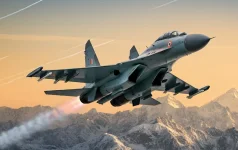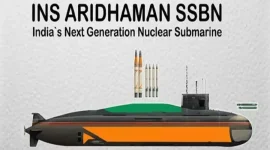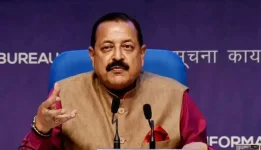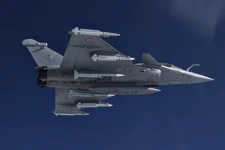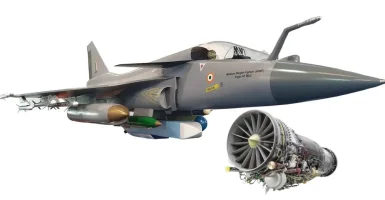- Views: 4K
- Replies: 12

After over two decades of dedicated research and development, India is on the cusp of operationalizing the first phase of its indigenous Ballistic Missile Defence (BMD) system.
This significant milestone in India's strategic defense initiatives comes as missile threats continue to evolve, making the capability to intercept and neutralize incoming ballistic missiles a critical priority.
Spearheaded by the Defence Research and Development Organisation (DRDO), the BMD program represents a major step towards enhancing India's national security.
The Indian BMD system is structured in two layers. The Prithvi Air Defence (PAD) system provides exo-atmospheric interception, engaging threats outside the Earth's atmosphere at altitudes up to 80 kilometers. This system utilizes the Prithvi Defense Vehicle (PDV) interceptor, equipped with advanced seeker technologies and high-speed propulsion to destroy incoming missiles in their mid-course phase.
Complementing the PAD, the Advanced Air Defence (AAD) system handles endo-atmospheric interception, targeting missiles within the atmosphere at altitudes of 15-25 kilometers during their terminal phase. Both systems are supported by sophisticated radars, including the Swordfish long-range tracking radar, derived from the Israeli Green Pine radar.
India has conducted a series of successful tests for both PAD and AAD interceptors, demonstrating the technological capability of these systems. In 2019, DRDO achieved a significant breakthrough with "Mission Shakti," showcasing India's anti-satellite (ASAT) capabilities and further validating its missile interception technologies.
However, operational deployment requires more than successful tests. The BMD system must demonstrate consistent reliability under various conditions, integrate seamlessly with other defense mechanisms, and adapt to evolving threats.
Operationalizing the BMD system presents several challenges. Tracking and neutralizing multiple incoming warheads, especially those with decoys or advanced maneuvering capabilities, is a complex task.
Integrating the BMD system with India's existing air defense network requires sophisticated communication systems and real-time data processing. Geopolitical implications must also be considered, as deploying a BMD system can influence regional dynamics and potentially trigger arms races.
Despite these challenges, India's BMD program is steadily progressing. Reports indicate that the first phase, designed to counter short and medium-range missile threats, is nearing operational deployment.
The second phase, aimed at intercepting ICBMs and more advanced threats, is under active development, with DRDO focusing on interceptors capable of engaging targets at altitudes beyond 150 kilometers.
Deploying an indigenous BMD system will significantly enhance India's defense capabilities. It will provide a vital layer of protection for major cities and strategic assets, strengthening India's deterrence posture.
Furthermore, mastering BMD technology places India in an elite group of nations with advanced missile defense systems, solidifying its position as a major power.

